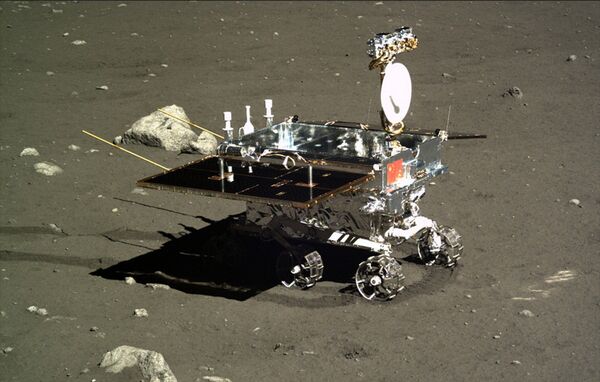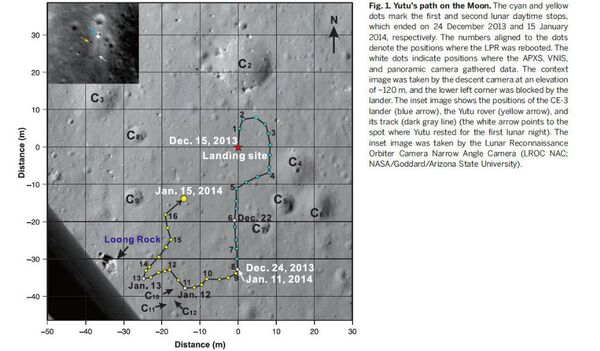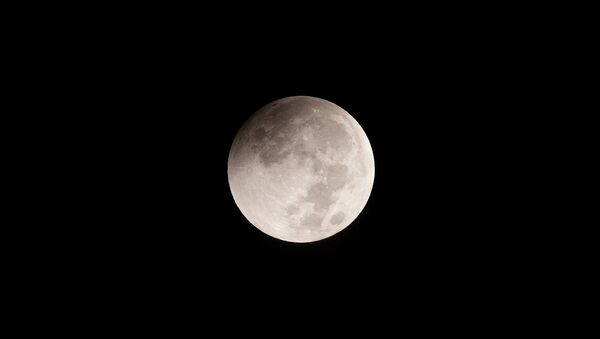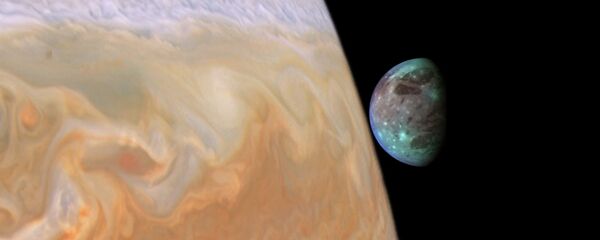Scientists believe the layers are a result of ancient lava flow between strata of regolith, the moon’s soil.
Professor Long Xiao, a researcher at the China University of Geosciences in Wuhan, told Space.com there are two interesting things about the layers found by Yutu, whose name means “Jade Rabbit.”

"One is [that] more volcanic events have been defined in the late volcanism history of the moon. Another is the lunar mare [volcanic plain] area is not only composed of basaltic lavas, but also explosive eruption-formed pyroclastic rocks"
"The latter finding may shed light on … the volatile contents in the lunar mantle," he said.
China’s Chang’e-3 spacecraft landed on the moon in December 2013 and dispatched Yutu to study the landing site, Reuters reported. It ended up near a relatively fresh crater in a region known as Mare Imbrium, a site much younger than those explored by NASA’s 1969-1972 Apollo landing sites and those explored by Soviet lunar missions.

It is now believed, based on the results of the Yutu mission, that eruptions of lava have filled the Imbrium basin at least five times, forming layers of basalt rock. Yutu’s radar detected at least five of these layers within the top 1,312 feet of the moon’s surface.
By looking at images of the subsurface of the moon, and new data obtained by Yutu, researchers say it’s likely that more eruptions have filled the basin creating greater depths and more layers than Yutu can “see.”
“The layering structures tell us the late-stage volcanism show different styles,” Xiao said. “It (also) means volatile elements played an important role in the thermal history of our moon.”



